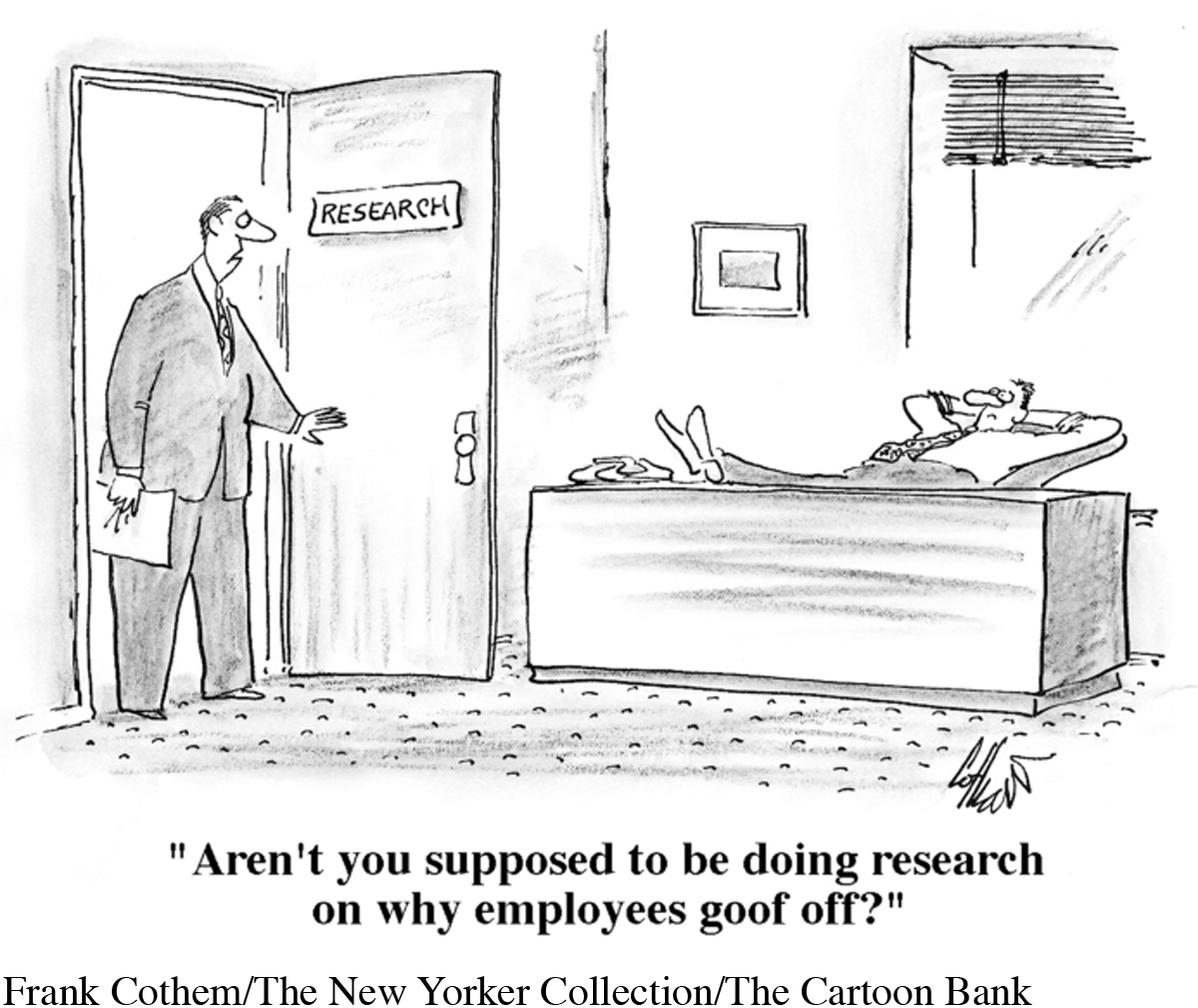Research in Interpersonal Communication
RESEARCH IN INTERPERSONAL COMMUNICATION
The goal of this textbook is to provide you with knowledge regarding interpersonal communication that will help you improve your communication choices, skills, and relationships. But to be useful, knowledge has to be trustworthy. That means it must be based on solid research and theory. How does this come about?
When you conduct research, you formulate a question, then try to answer it through careful observation or the creation of a controlled “test” or experiment. When you develop theory, you formulate propositions (statements) about your interests, then identify factors relevant to them and how those factors interrelate (Chaffee & Berger, 1987).
To illustrate how research and theory give rise to interpersonal communication knowledge, let’s walk through an example. Imagine that you post a message in one of your favorite online discussion groups. Within hours, you find a couple of flames—inappropriately aggressive online messages that most people wouldn’t communicate face-to-face. You’re shocked and confused, but you want to know why this happened. So you decide to do some research and develop a theory.
skillspractice
Using Research Methods Online
How to analyze online communication challenges with research
Think of a problem you commonly face when communicating with others online—such as encountering someone whose messages are consistently rude or vague.
Identify the factors that seem to cause the problem, and formulate a hypothesis.
Carefully observe encounters in which the problem arises, testing if the factors in your hypothesis are really the causes.
Identify ways you can change, control, or improve the factors that cause the problem.
Implement these changes; then see if the problem is resolved. If not, repeat the process until a solution is found.
Communication scholars typically take one of two approaches when conducting research and developing theory. Through qualitative approaches, they make careful observations, identify patterns in what they’re seeing, and try to determine the principles behind their observations (Znaniecki, 1934). If you opted to study flaming qualitatively, you would follow several steps (Katz, 1983). First, you would carefully define what you meant by flaming based on observation of various flame messages. You would consider questions such as: What characteristics of an online message make it a “flame”? How is flaming different from other negative messages? Once you had a clear definition of flaming, you would formulate tentative hypotheses—predictions that describe the relationship between your phenomenon of interest and other related factors. For example, you might hypothesize that flaming is more likely to occur in certain discussion forums than in others or that certain types of messages are especially likely to trigger flames. Then you would test your hypotheses by observing multiple instances of flaming in online discussion groups. If your observations consistently confirmed your hypotheses, you would conclude that your hypotheses were likely correct. If your observations disconfirmed your hypotheses, you would revise your hypotheses until they matched your observations. Then you would create a set of propositions describing the nature of flaming and the factors that influence it. These propositions would constitute your flame theory.

Whereas qualitative approaches begin with observation and description and then move to development of theory, quantitative approaches follow the opposite order. Researchers first propose a theory, then formulate hypotheses based on that theory, and finally test those hypotheses by conducting an experiment. For example, to study flaming from a quantitative perspective, you might first read previous research on flaming. You would then select an existing theory or create your own. From this theory, you would choose specific hypotheses and design and conduct a controlled test of them. For example, you might hypothesize that anonymity boosts flaming frequency and conduct a study in which people are provided with either anonymous or identifiable accounts. If the results from the controlled test support your hypothesis, you would consider your theory plausible. If the results do not match the hypothesis, you would reject the hypothesis and view your theory as suspect.
Many people view qualitative and quantitative approaches as opposites or even rivals, but both are equally valid for the study of interpersonal communication. Qualitative approaches are especially well suited for learning the details, nuances, and richness of real-life communication patterns. Quantitative approaches are excellent for determining the frequency of various communication behaviors, as well as systematically testing the influence of various factors on such behaviors (Pomerantz, 1990).